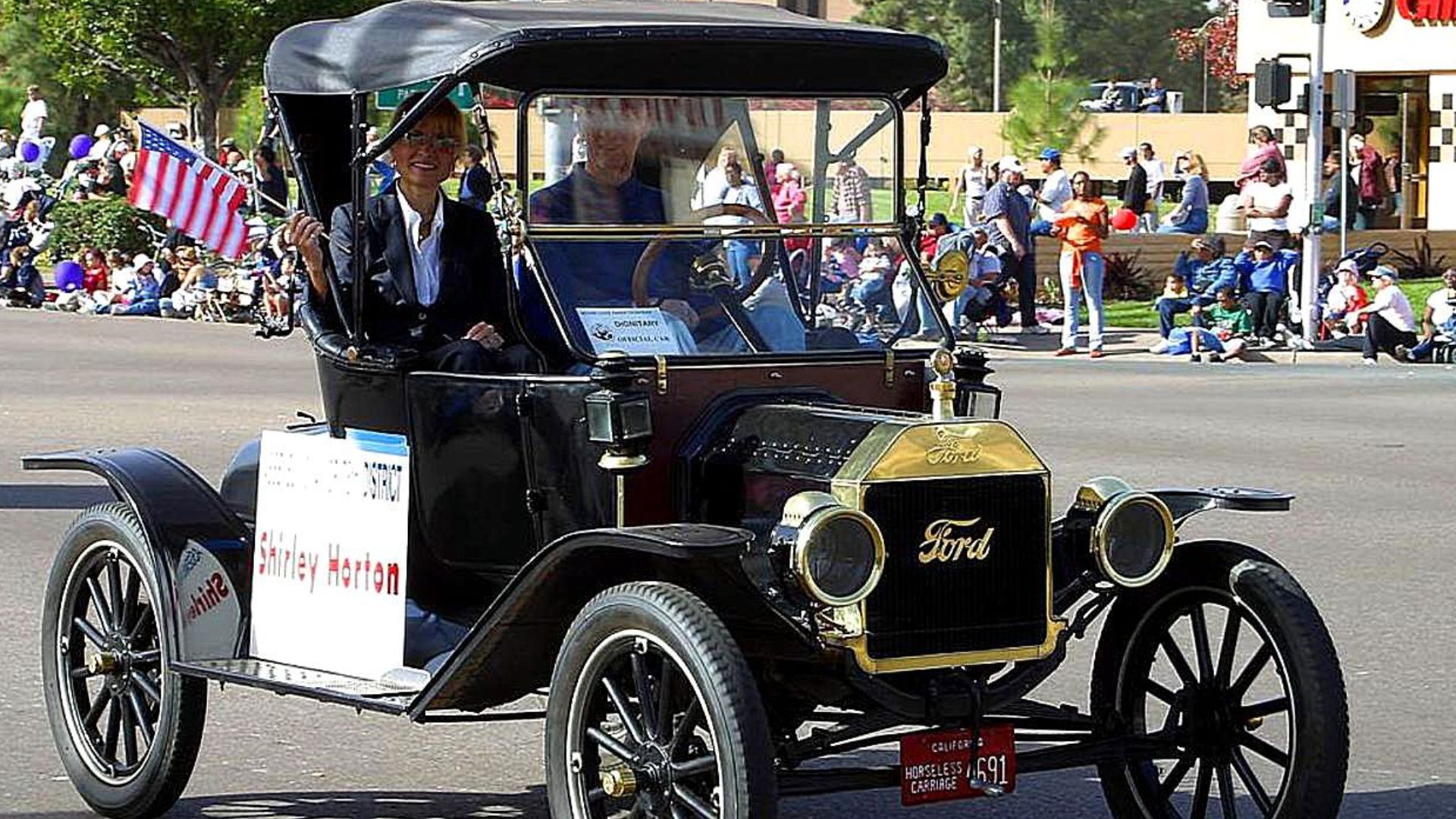At the dawn of the 20th century, cars were little more than noisy playthings for the rich. Roads were dusty trails meant for horses, and mechanics were rare magicians who tinkered in smoky sheds. The automobile was seen as a curiosity—a symbol of excess rather than progress. But one man refused to see it that way. Henry Ford envisioned a world where every household could own a car, where mobility wasn’t a luxury but a right.
So, let’s find out how he turned the automobile from a rich man’s toy into an American necessity.
Building A Dream That Moved The Masses
Before the Ford Motor Company, Henry founded and lost two other companies. Yet his persistence carried a purpose: he didn’t want to make faster cars; he wanted to make cars that everyone could drive. That dream took shape in 1908 when the Model T rolled into production. Its interchangeable parts and easy maintenance meant the average farmer could fix it with tools he already owned.
As demand grew, Ford realized that the only way to serve the masses was to build cars faster than ever before. His answer came through the moving assembly line in 1913—a breakthrough that redefined manufacturing itself. Each worker became a specialist, performing one task repeatedly while the car moved down the line. What once took more than twelve hours now took less than two. The result was extraordinary: production costs fell, prices dropped, and the Model T became the first car truly built for the people.
 Ford Motor Company. Photographic Department on Wikimedia
Ford Motor Company. Photographic Department on Wikimedia
Changing How America Traveled
Ford’s decision to pay workers five dollars a day—double the average wage—was revolutionary. Critics called it foolish, but Ford saw it as a strategy. Better pay meant happier, more loyal employees, and those same workers could now afford to buy the very cars they built. This created a self-sustaining cycle of production and consumption that fueled the modern economy.
Of course, Ford’s influence wasn’t without its complexities. His belief in uniformity extended to the cars themselves—“any color, so long as it’s black,” he famously quipped. He valued efficiency over variety, discipline over creativity. Yet his methods, for better or worse, built the foundation for a consumer-driven world that prized convenience and consistency.
As the 1920s roared to life, the automobile reshaped America’s cultural identity. Young couples courted in cars instead of parlors, families took Sunday drives just to explore, and freedom itself began to feel like something you could steer.
Legacy On The Road Ahead
By the time the last Model T left production in 1927, over fifteen million had been sold. And this journey of the automobile from novelty to necessity mirrors America’s own evolution.
In the end, Henry Ford’s story is about believing that ordinary people deserve extraordinary access to progress. And every time an engine hums on a quiet morning, it carries a whisper of that dream—a reminder that one man’s persistence turned innovation into everyday life.








